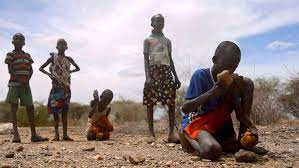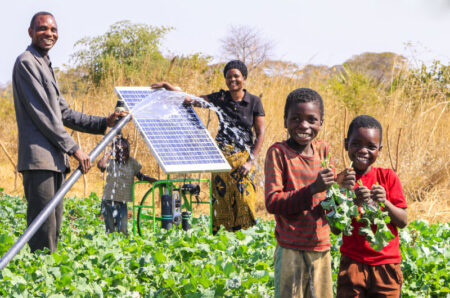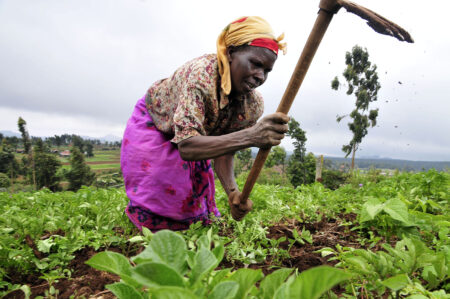At the close of 2022, between September to December, food prices soared around the world and with no signs of this abating in 2023, countries in Africa will have to move with speed to mitigate a looming food crisis. Food inflation is particularly pronounced and severe in low-income and middle-income countries. According to most recent
[elementor-template id="94265"]











